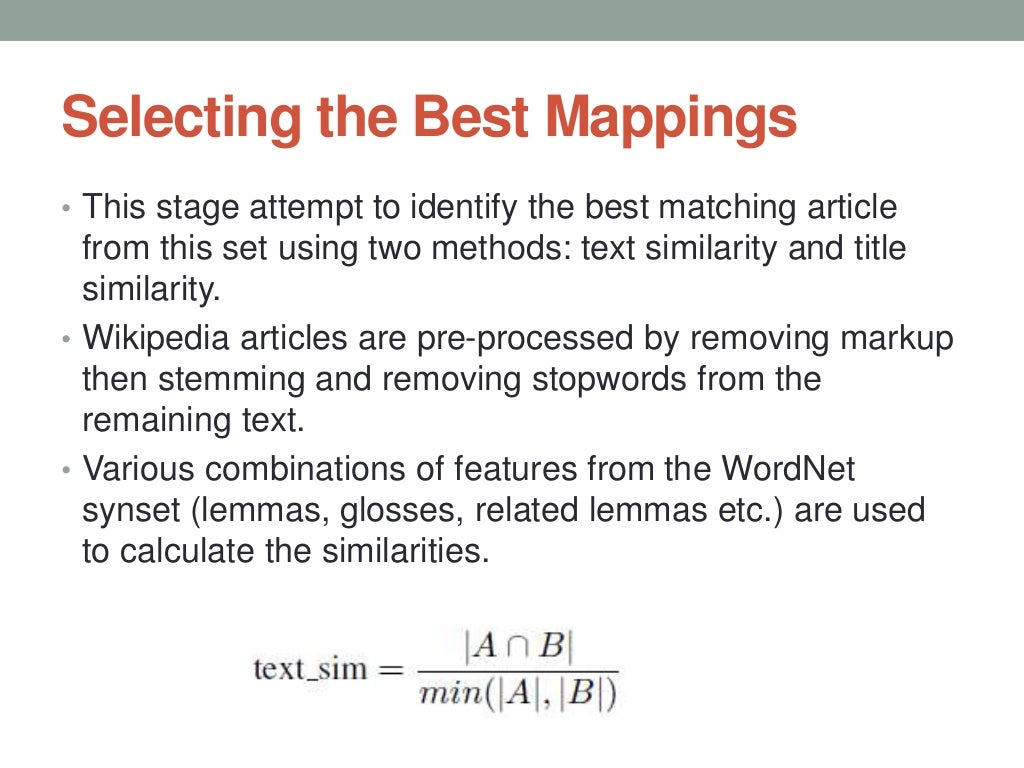

1st Workshop on Evaluating Vector-Space Representations for NLP, Berlin, Germany, 2016, pp. Pyysalo, Intrinsic evaluation of word vectors fails to predict extrinsic performance, in Proc. Brent, Syntactic categorization in early language acquisition: Formalizing the role of distributional analysis, Cognition 63(2) ( 1997) 121–170. Levy, Extracting semantic representations from word co-occurrence statistics: A computational study, Behavior Research Methods 39 ( 2007) 510–526. Baroni, Multimodal distributional semantics, Journal of Artificial Integrating Research 49(1) ( 2014) 1–47. Mikolov, Enriching word vectors with subword information, Transactions of the Association for Computational Linguistics 5 ( 2017) 135–146. North American Chapter of the Association for Computational Linguistics, Los Angeles, California, 2010, pp. Klein, Painless unsupervised learning with features, in Human Language Technologies: 2010 Annual Conf. GEMS 2011 Workshop on GEometrical Models of Natural Language Semantics, Edinburgh, UK, 2011, pp. Lenci, How we BLESSed distributional semantic evaluation, in Proc. Poesio, Strudel: A corpus-based semantic model based on properties and types, Cognitive Science 34(2) ( 2010) 222–254. Risteski, A latent variable model approach to pmi-based word embeddings, Transactions of the Association for Computational Linguistics 4 ( 2016) 385–399. Empirical Methods in Natural Language Processing, 2004, pp. Poesio, Attribute-based and value-based clustering: An evaluation, in Proc. North American Chapter of the Association for Computational Linguistics, 2009, pp. Human Language Technologies: The 2009 Annual Conf.

Soroa, A study on similarity and relatedness using distributional and WordNet-based approaches, in Proc. Our investigation also gives deeper insights into the geometry of the embedding space with respect to syntactic coherence, and how this is influenced by context size, frequency of words, and dimensionality of the embedding space. Our analysis shows that syntactic coherence of S-CODE is superior to the other more popular and more recent embedding techniques such as Word2vec, fastText, GloVe and LexVec, when measured under compatible parameter settings. We do so in order to understand which of the existing models maximize syntactic coherence making it a more reliable source for extracting syntactic category (POS) information. We investigate several aspects of word embedding spaces and modeling assumptions that maximize syntactic coherence - the degree to which words with similar syntactic properties form distinct neighborhoods in the embedding space. Or what the main factors in the modeling formulation are that encourages embedding spaces to pick up more of syntactic behavior as opposed to semantic behavior of words. However, it is not clear how syntactic properties interact with the more widely studied semantic properties of words. When used in NLP systems, these representations have resulted in improved performance across a wide range of NLP tasks. Word embeddings are a suite of techniques that represent words in a language as vectors in an n-dimensional real space that has been shown to encode a significant amount of syntactic and semantic information. Word embeddings have recently become a vital part of many Natural Language Processing (NLP) systems.


 0 kommentar(er)
0 kommentar(er)
